Entry 1118 — Floundering
I felt very good about my three haiku and how well they’d work in the long division I was hoping soon to get done. Then almost as though I were purposely trying to make a lesson out of the thing, I had second thoughts about it. Here are the haiku I had again:
rainy afternoon;
private eye (fictional)
exiting a cabthe Atlantic
before ships were anywhere on it
except its edges9 faint winter poems
unseveraling
into long ago
These made up what I would call the second draft of the poem, the first being the notes I displayed a few entries ago. I’m not counting the apeiron draft–the draft (really, drafts) in my head before I scribbled my first draft. (Love that word, “apeiron!” Thanks, Irving–for using it in one of the works of his I had in my latest Scientific American blog entry, as you all should very well know, having gone to it at least nine times since it was posted! It means the emptiness from whence everything came. More or less.)
Okay, first point I’m attempting with this lesson to instill in all those what wants to know what’s what when it comes to Poetry is that what I had when I’d scribbled my notes was a wholly unconsolidated item-cluster poem. I have no term for it, yet. There are those who prefer such a thing to any other kind because it lets the reader go pretty much wherever he wants to. Many tiny pleasures versus a large single pleasure that consolidation can yield.
My second draft, if we include the long division elements I spoke of that would go with it in the form I once thought it was headed for is a semi-consolidated item-cluster poem. I thought it was a fully-consolidated item-cluster poem but the unifying principle I’d worked out for it failed to effectively unify it, I thought. Still, there would be those who would prefer this version above any others–because reducing the risk of tedious wandering for meanings, but not forcing a quickly tedious single meaning on one–by allowing, that is, the reader to be creative.
My initial unifying principle was zero times private eye equals poems that put one into the past, and the mood the latter image suggests comes close to the mood suggested by the image of the Atlantic prior to Columbus’s voyages. Moreover, the 9 poems image will cause exactly the same mood the ocean image does if an ellipsis is tacked on to the text expressing it. I think my haiku excellently connotative but fail to lead to a mood that makes sense.
Here’s what I think the meaning of draft #2 approximates: reading about a private eye multiplies the zero one’s life is when one begins reading into the thrill of an ocean awaiting to be discovered over. The problem is that the detective is not close to being a Columbus.
rainy afternoon;
private eye (fictional)
exiting a cabships for the first time
somewhere on the Atlantic
besides its edges9 faint winter poems
unseveraling
into not yet
I’m not sure what I was up to when I changed my Atlantic haiku. I guess I thought my private eye was involved in a case, so wanted ships on the Atlantic that were involved in their equivalent. But their equivalent was much too consequential than whatever it was the private eye was involved in.
As for the poems, they were properly consolidating but ”into long ago?” The detective was into the future not the past. Hence my change there. But now I want a fourth draft that keeps the private eye. I still want the poem to celebrate escape reading and the search for truth, but a lesser truth than Columbus’s discovery of the trans-Atlantic route to the New World Columbus made. My “not yet” is poor–just a marker I will surely improve on. Meanwhile, I have to dump my Atlantic haiku. No, not dump, just remove for use somewhere else.
Lesson to be continued when I have more to say.
.













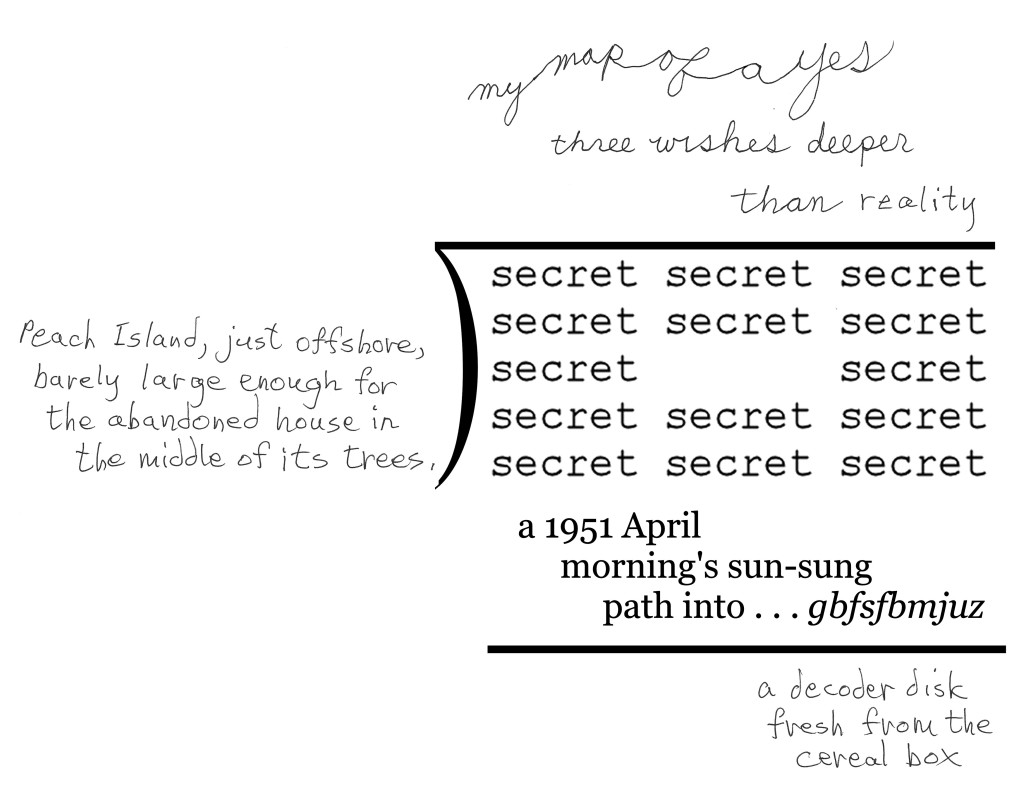
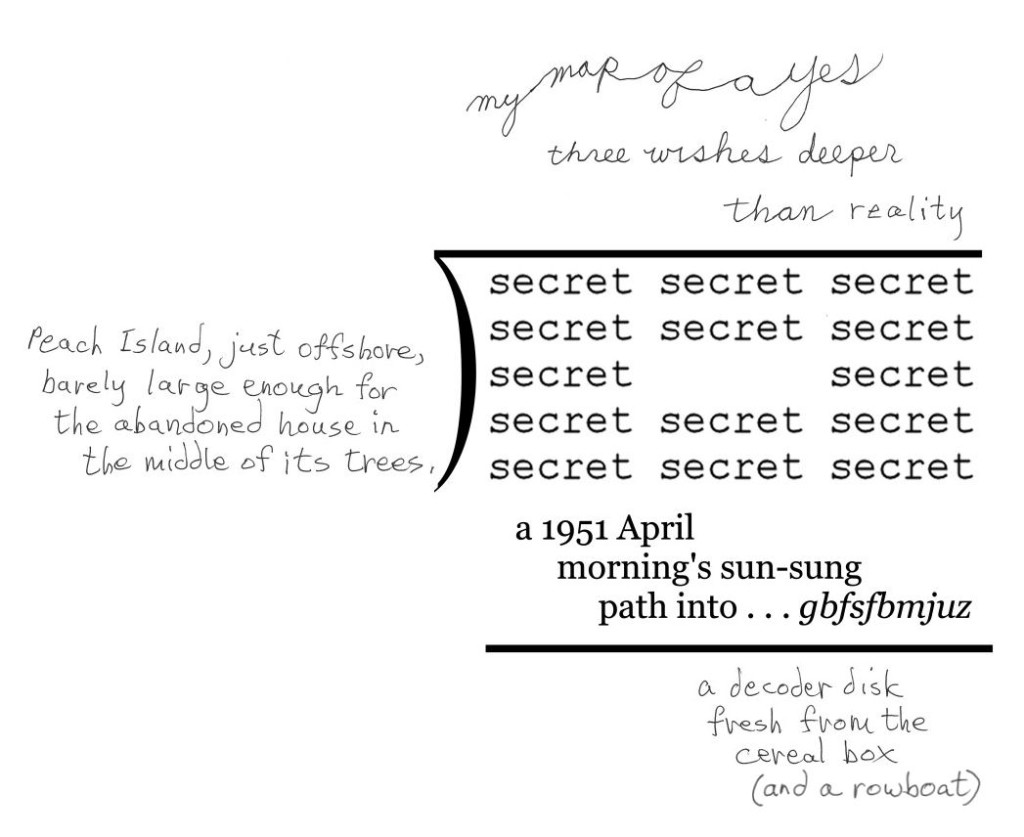








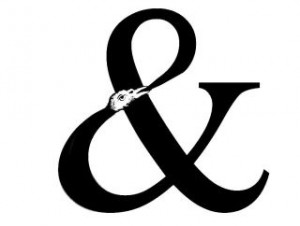
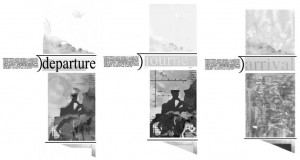

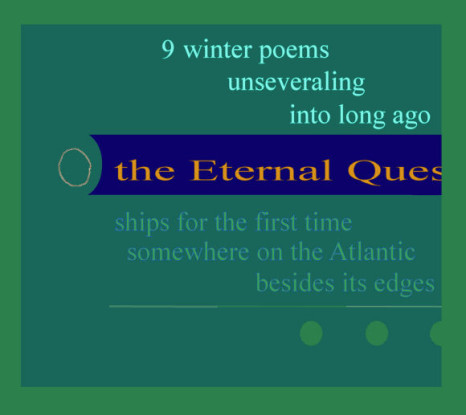
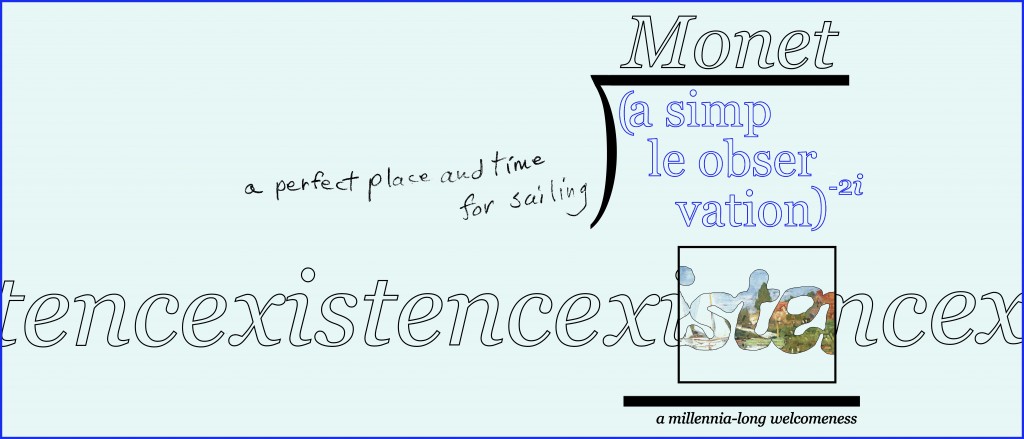
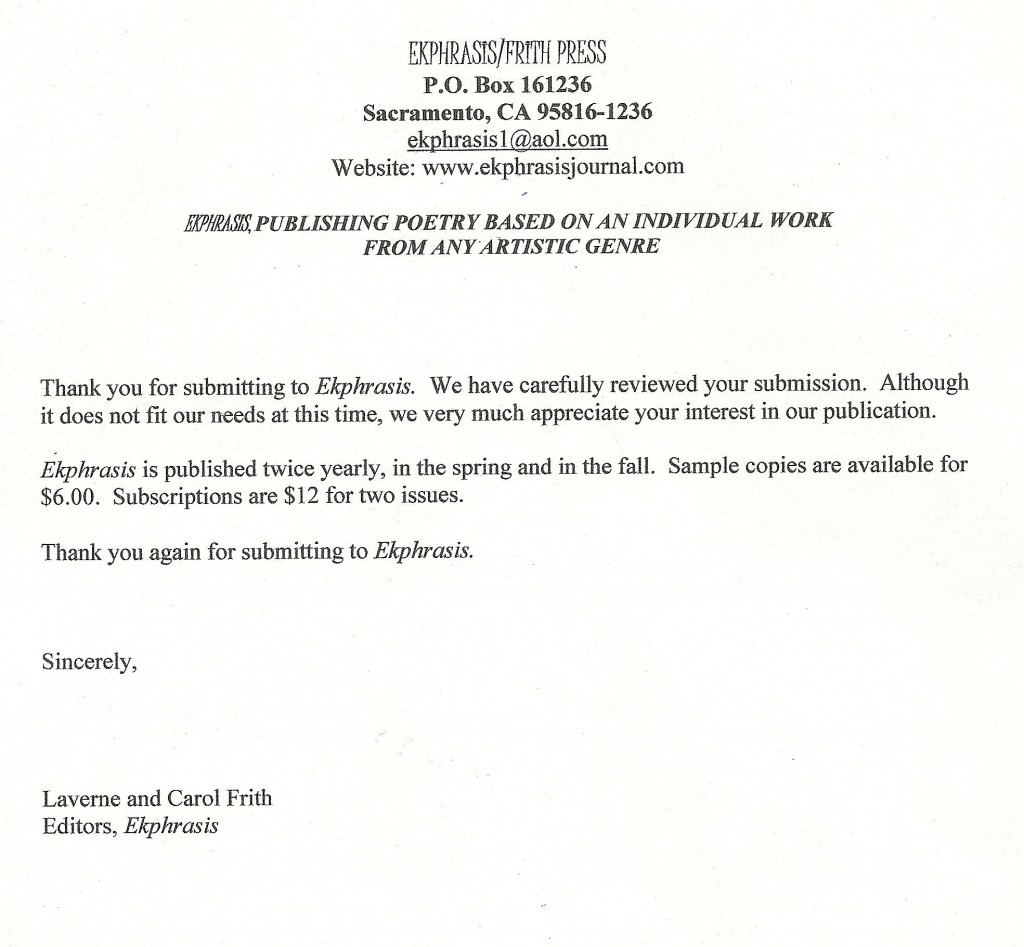 .
.
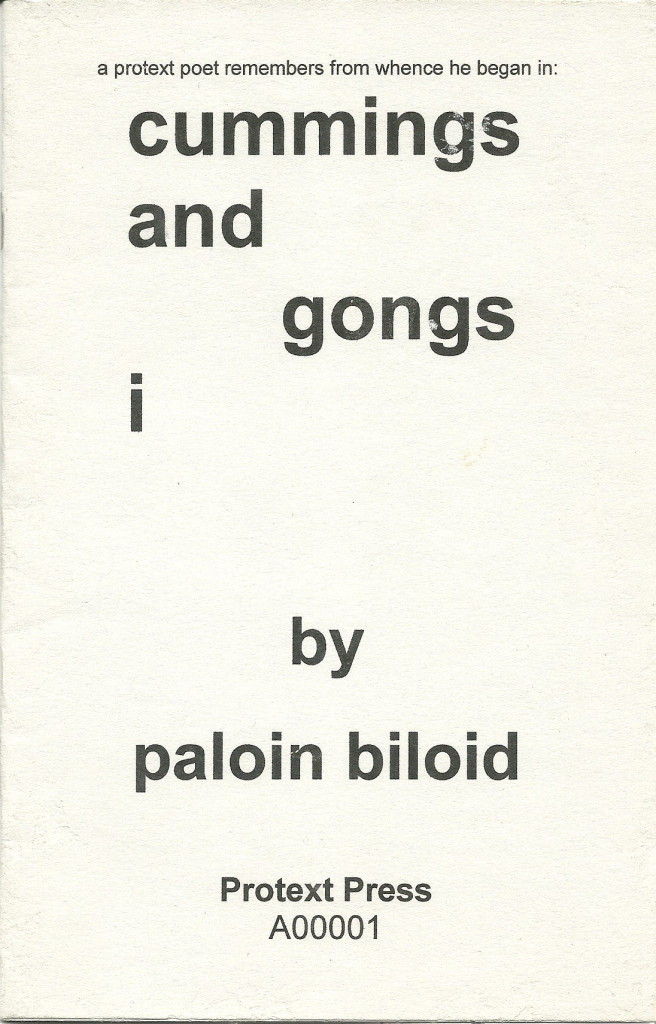
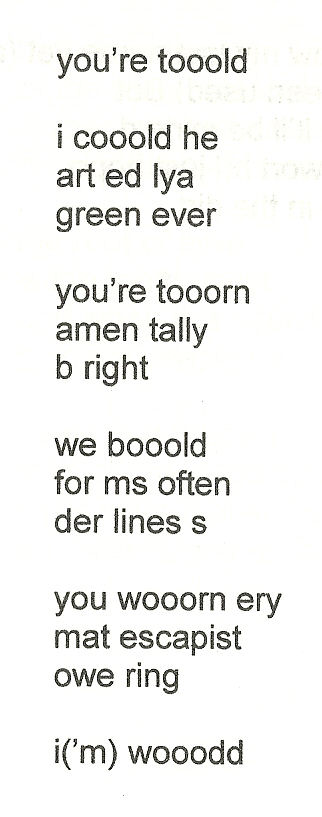

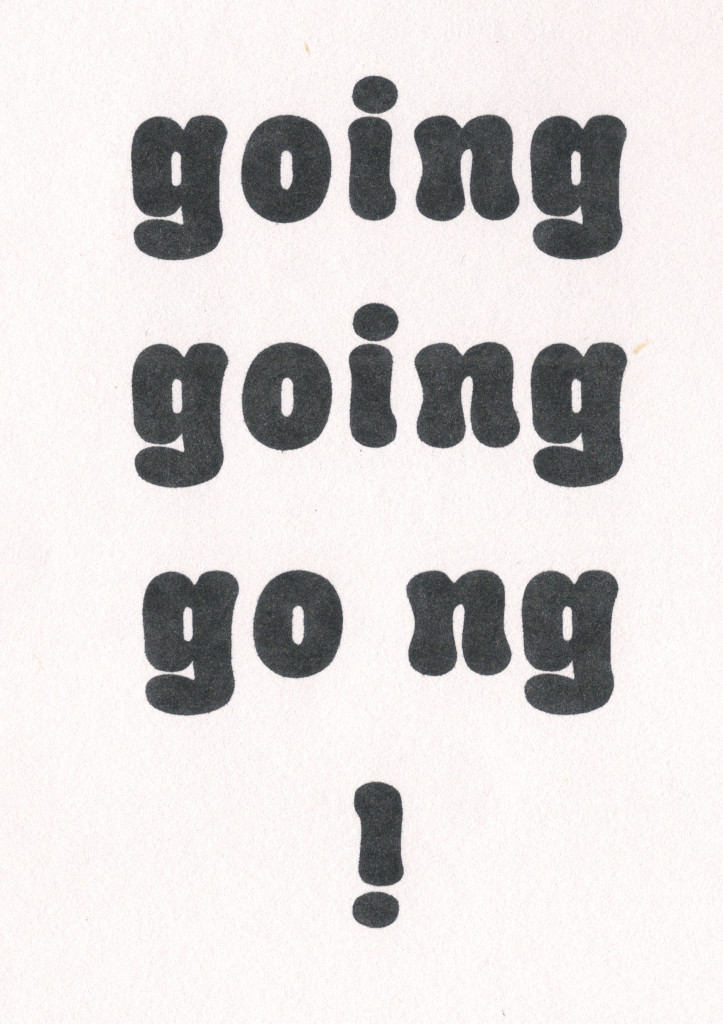
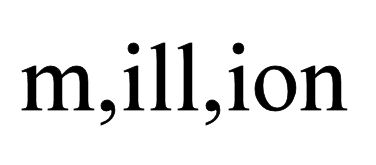
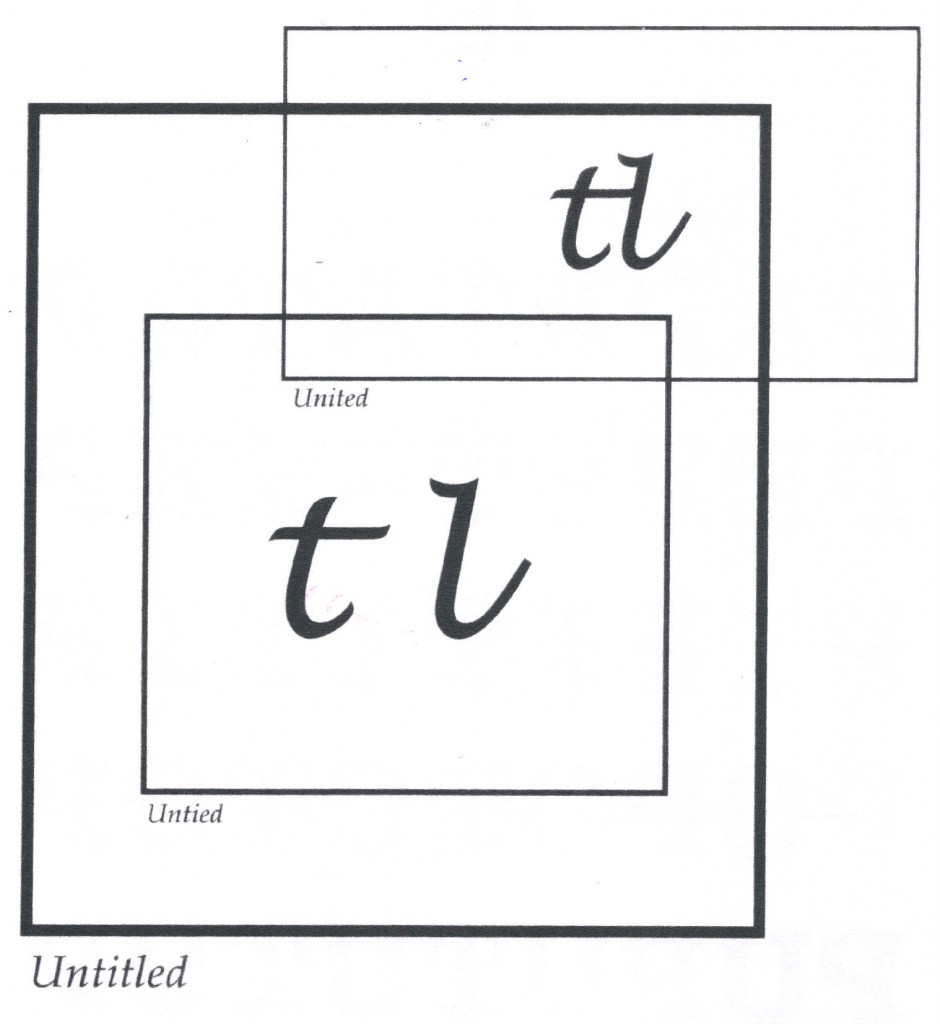

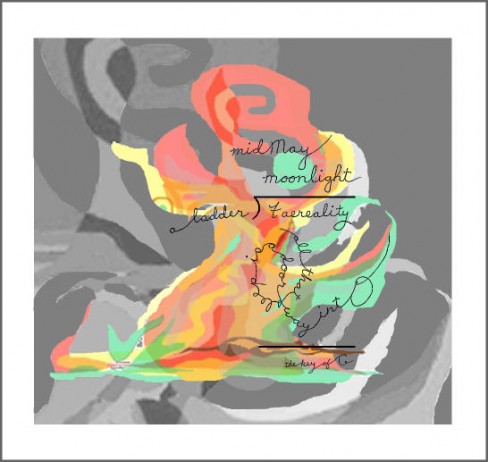
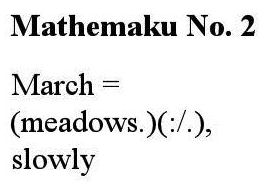
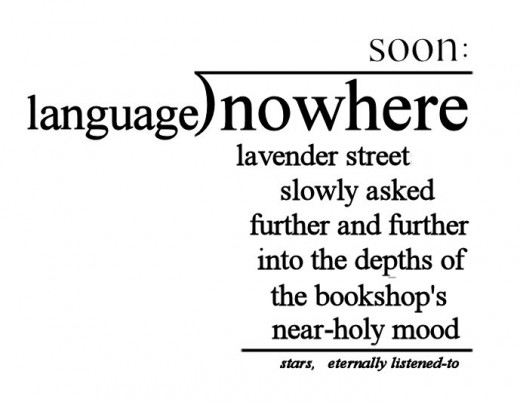
this i like. keep it. do no touch ups.
A very beautiful piece!
Thanks:
Nico–but I’m itching to make one very small change! I probably won’t. IF I do, I promise not to mess with it otherwise.
Marton. Yours and Nico’s encouragement is much appreciated. Your eyes are as good as they come. I hope you get me to do a few more cursive poems. I’ve let some ideas wander in but they so far have all kept going.
–Bob
I like this. I think the cursive really flows well with the illustration. Would like to see more of these.
Thanks, Kevin. This one has now gotten three compliments. I did try to do another cursive but it turned off into something else. I do want to try more, though.